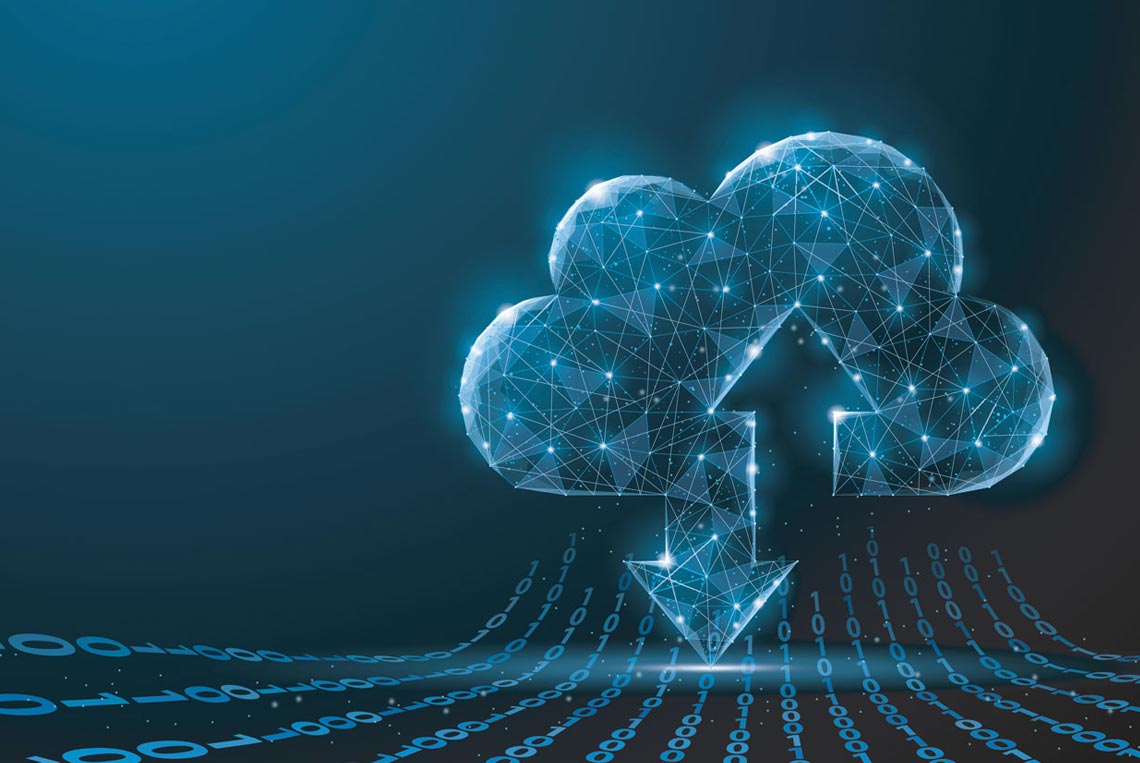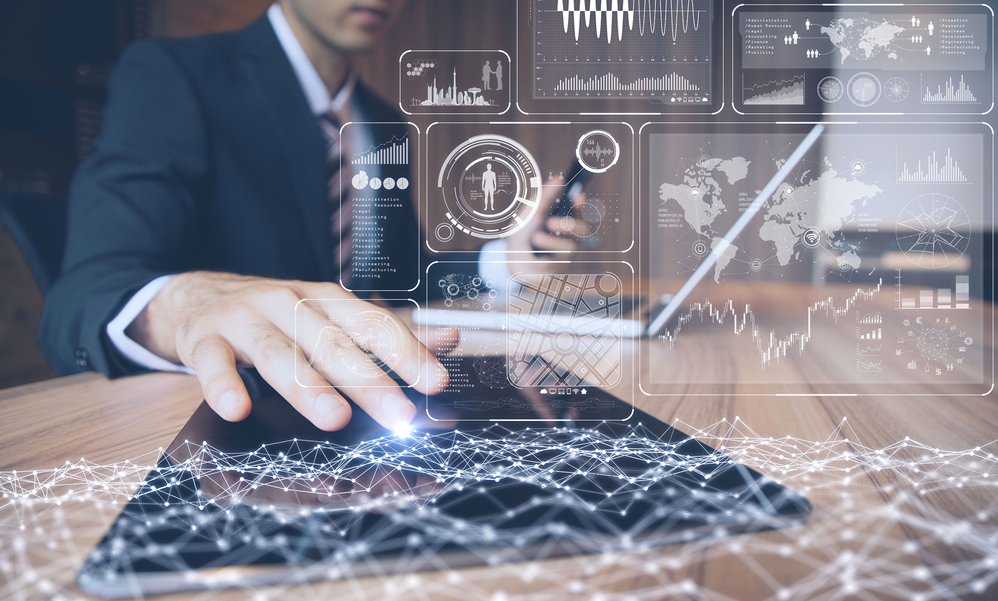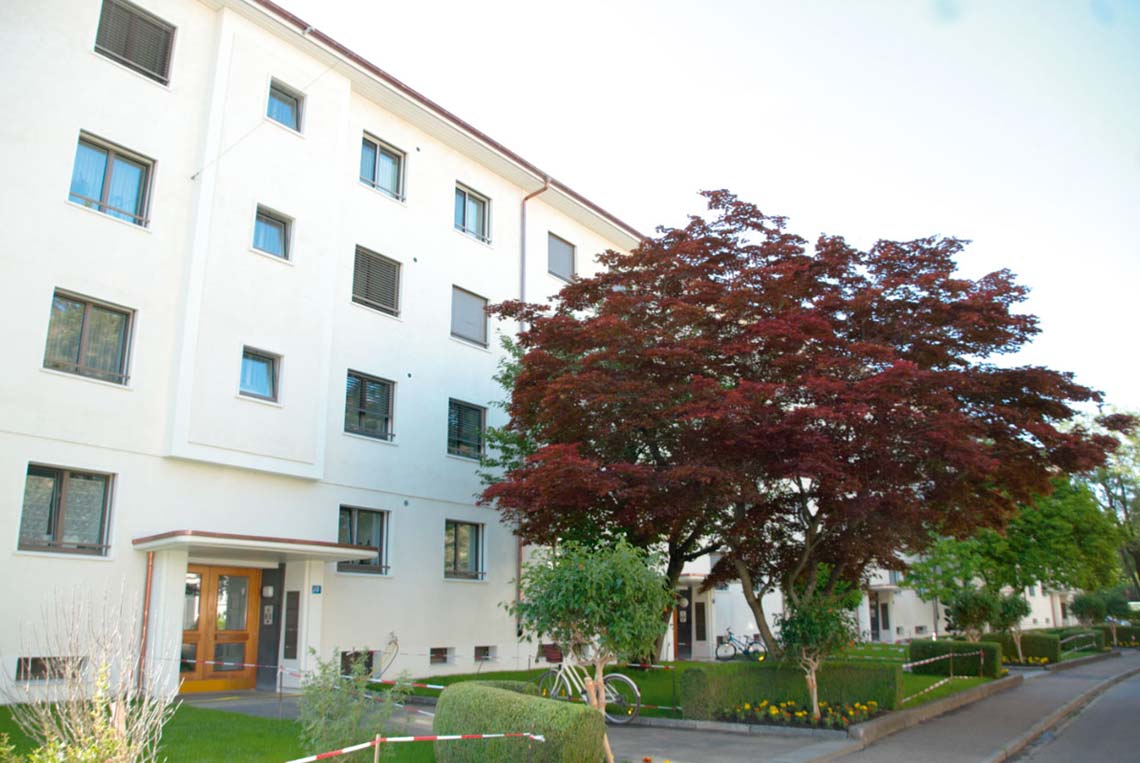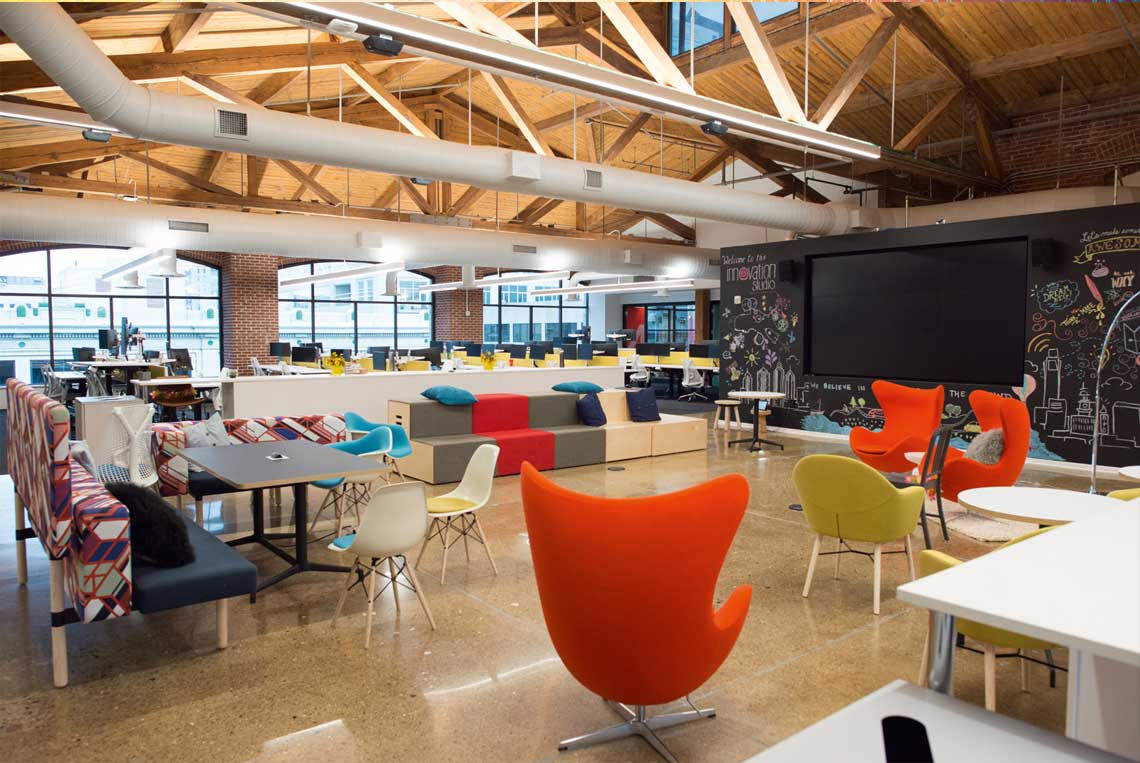Intelligent Buildings — from intelligent lighting management to the connected Internet of Things
Issue :
read all articles online
read as pdf
The eyes and ears of a building – these are electronic sensors that already enable classic building automation systems to control the lighting, shading and room climate of a building. The Internet of Things (IoT) has now facilitated more efficient or even entirely new services through networking with other disciplines, such as multimedia, household appliances, alarm systems, elevators and the parking area belonging to the building, to mention only a few. Each of these disciplines is getting smarter all the time and thus provides an entirely new dimension in services and business models. The EnOcean wireless standard has become successfully established for wireless networking within the building.
Intelligent lighting management
In addition to HVAC and shading, lighting is an important part of classic building automation. Lighting solutions are getting smarter, and the light adjusts, for example, to the conditions within the home, offi ce, shopping center or on the street – coordinated with daylight or occupancy. Dynamic lighting control and the adaptation of light to human biorhythms are also becoming increasingly more important. Active light regulation ensures that employees are active and motivated throughout the workday.
The introduction of LED technology has brought about an enormous transformation in the area of lighting. Fundamental changes in electronics had to be developed to be able to effi ciently control and regulate the new lamps. Occupancy sensors, for example, make it possible to automatically turn off lamps that are not needed. This is particularly sensible in large offi ce environments, in which not all areas are occupied all the time. Light sensors can adapt the brightness of indoor lighting to the amount of available ambient light (“daylight connection”). This is especially beneficial for buildings with large glass fronts where a lot of ambient light is available. Defining maximum brightness settings for dimmable lights (“task tuning”) avoids too brightly lit areas and optimizes the light level for individual areas.
Other sensors can also provide real-time insight into the building’s condition and technical health. Current sensors measure energy consumption and energy savings per luminaire, per floor and for the entire building. Motion sensors collect occupancy data and thus provide information on the use of offi ce rooms, which helps optimize economical use. A system of this type can also provide insight into the operating hours and usage history of lighting systems, for example, in order to improve the maintenance process. Maintenance history shows events within the system, such as current peaks, voltage drops, devices that are offl ine and sporadic problems.

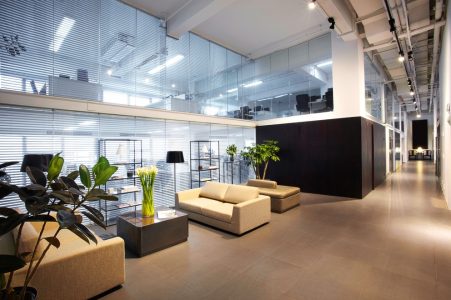
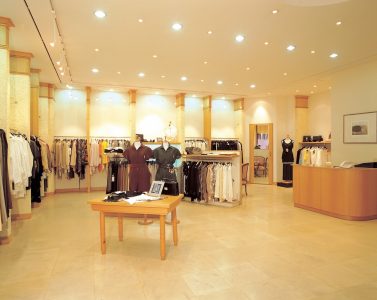
Whether in the office building or in retail stores: self-powered wireless sensors help increase energy effi ciency and comfort and help make lighting solutions smarter.
Connected Internet of Things
The IoT’s enormous potential lies in its interdisciplinary use of sensors. For example, a motion sensor can control the lights, control the room climate according to demand in order to save energy and also ensure security within the building. The same is true of window contacts. The optimum approach is to combine the motion sensor with window contacts, which protect against intruders and also prevent false alarms due to open windows. If windors are opened, or if the room is unoccupied, the heat is turned down. In connection with weather data on the Internet, a warning of imminent rain can be given in good time. In combination with algorithms, the system is able to learn user behaviour, to visualize it appropriately and to constantly improve itself.
Additional artificial intelligence can also be added – such as light quality (e.g., light intensity, color mixture), temperature, moisture or air quality. All this data can be collected centrally in the system, processed in combination with other environmental data available on the Internet and distributed to other networked devices and disciplines within the building.
The wireless and self-powered Internet of Things is the future
Collecting reliable sensor data and combining the data properly links the physical world with the digital one, and the networked system can respond in a far more optimized way or even create entirely new services. Wireless sensors will become the norm, since they can be fl exibly placed within the room in the optimum location for the function. The maintenance-free sensors are also suitable for retrofits in existing buildings, which make up more than 99% of the total market.
Considering the many subsystems and international standards, interoperable sensor concepts, in particular, are becoming increasingly more important. The EnOcean ecosystem of more than 400 leading companies in the building sector, which have come together to form the EnOcean Alliance, is in an excellent position here. These companies are committed to the basic idea that wireless and self-powered sensors are the future: the self-powered IoT, on which basis innovative buildings can sustainably meet the needs of the future through effi cient and networked automation solutions by implementing new services for the users and managers of the rooms that we occupy every day.

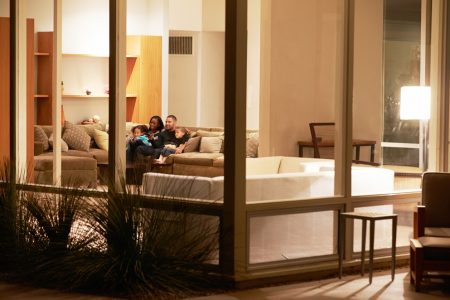
The Internet protocol and suitable middleware connectors can be used to quickly and easily connect energy harvesting wireless sensors to applications on the Internet and to interact with a cloud-based platform such as IBM Watson IoT, Amazon Echo, Microsoft Azure, Apple® HomeKit™, Google Home or Cestron.
This scenario forms the basis for the Internet of Things. With the aid of an interoperable network, generated data can be used for smart device and building control, helping to make buildings more energy- and cost-effective and more comfortable.
New articles in Smart Spaces
Top articles
